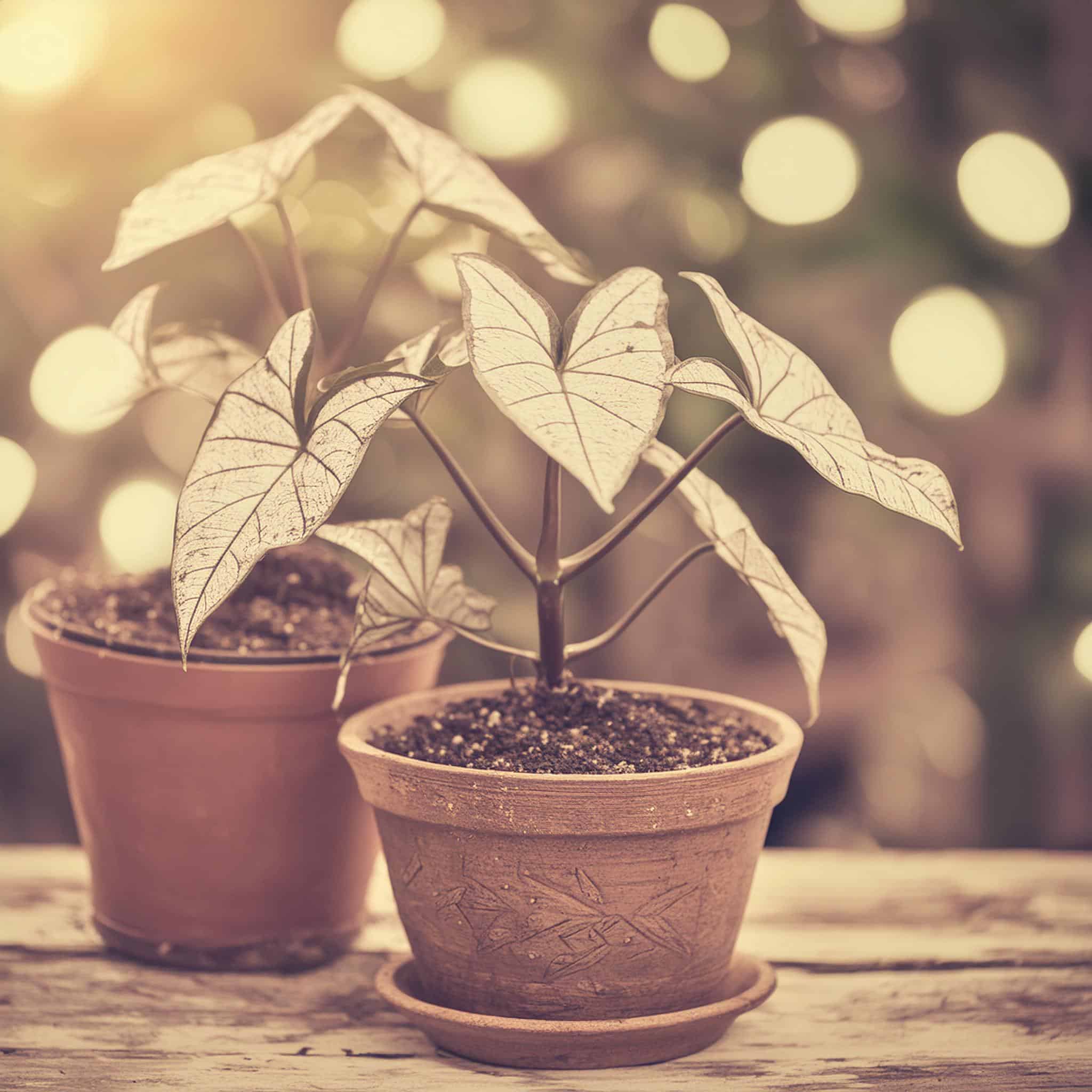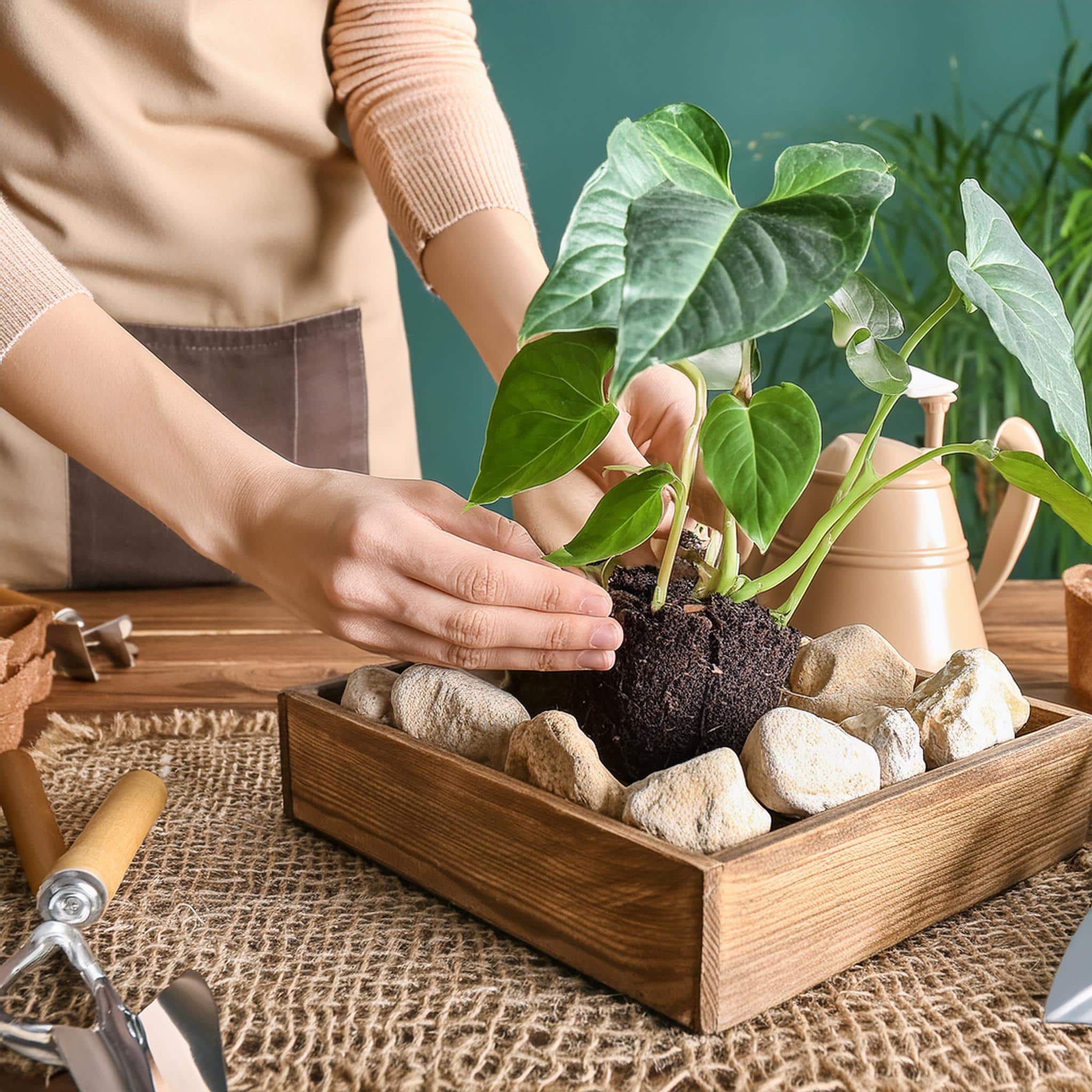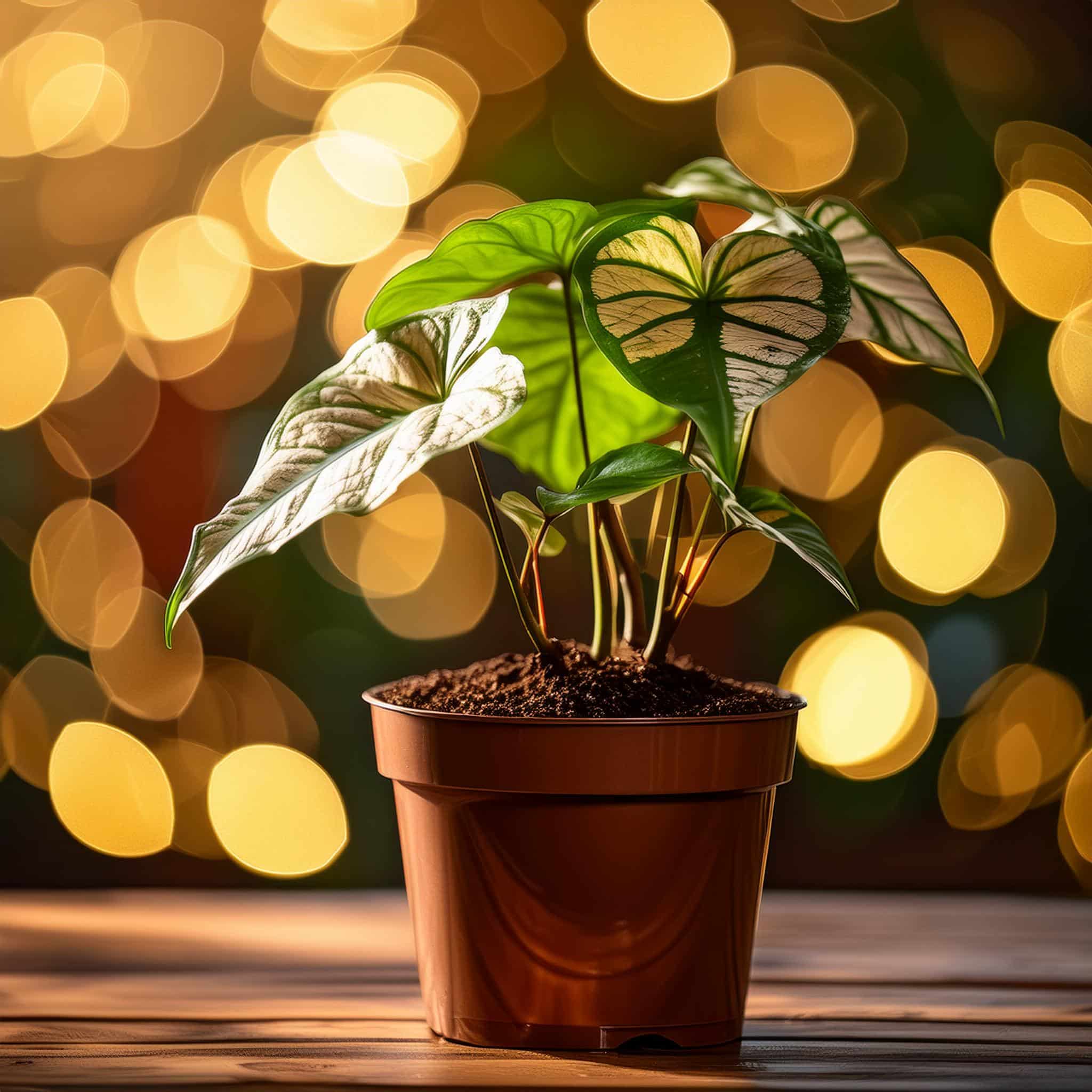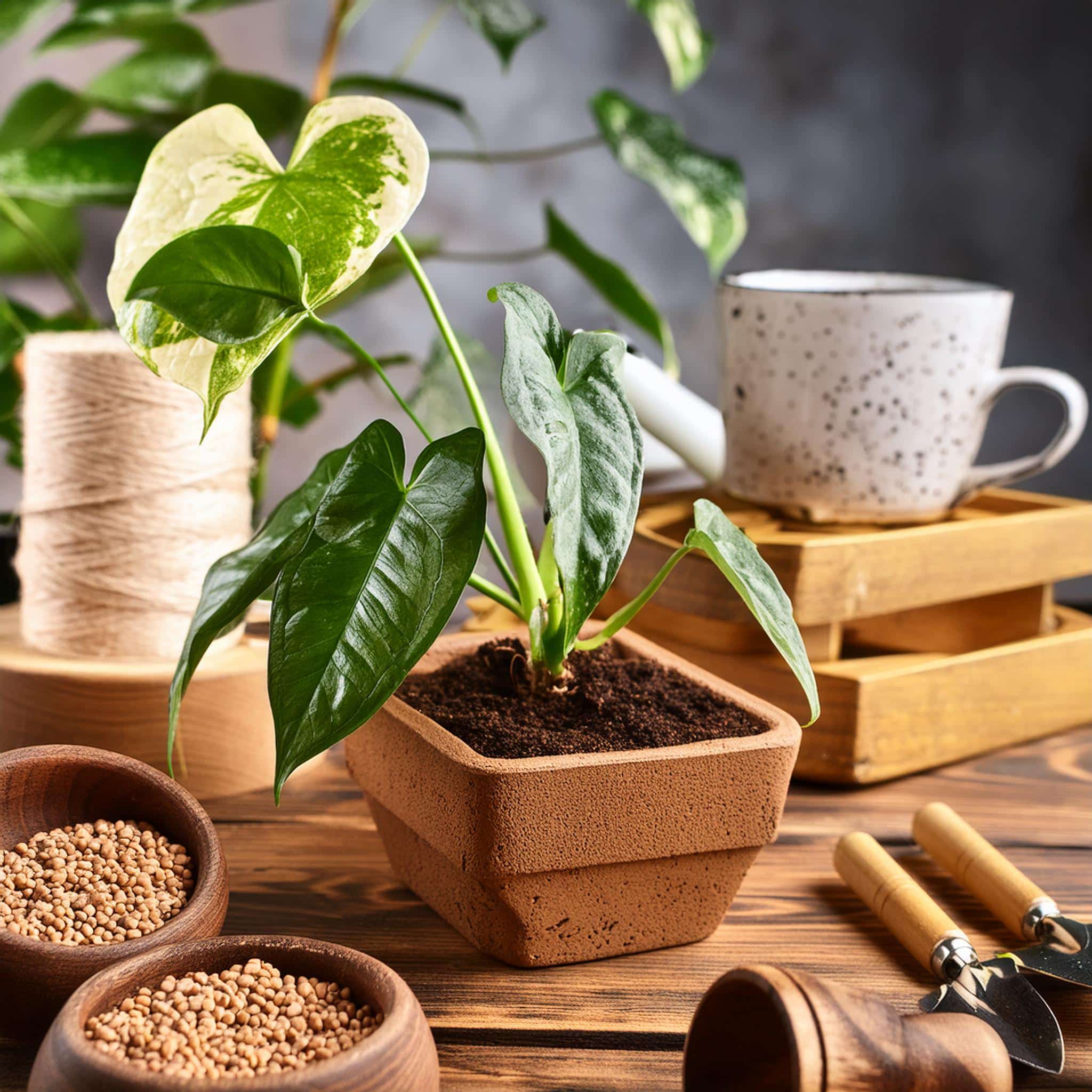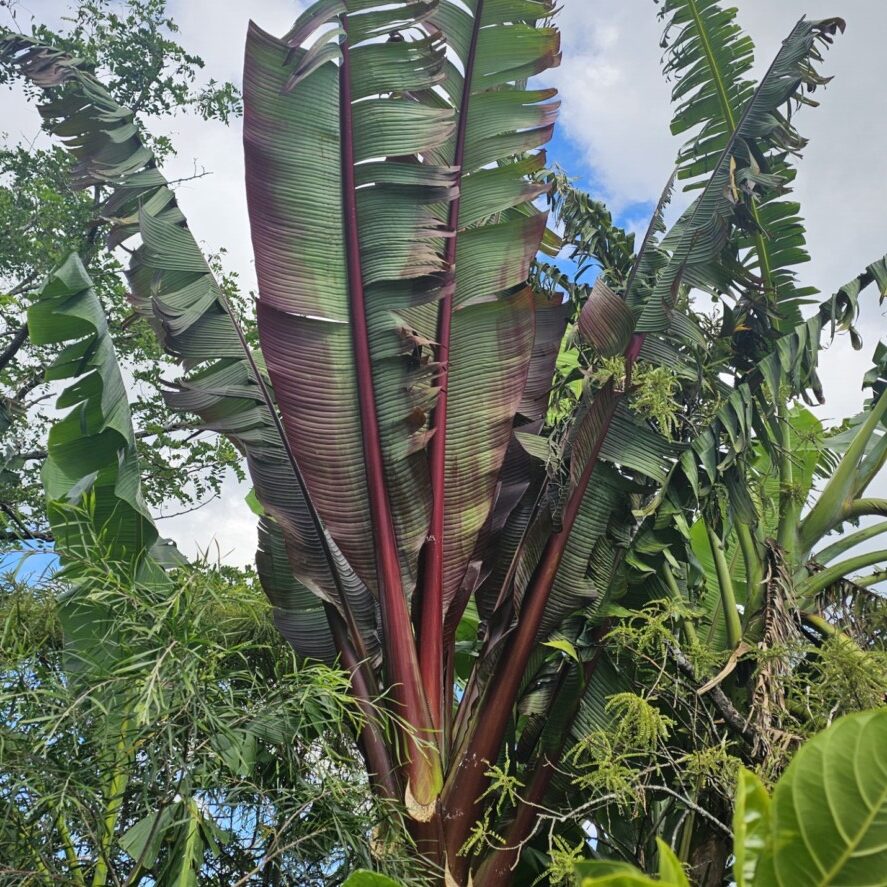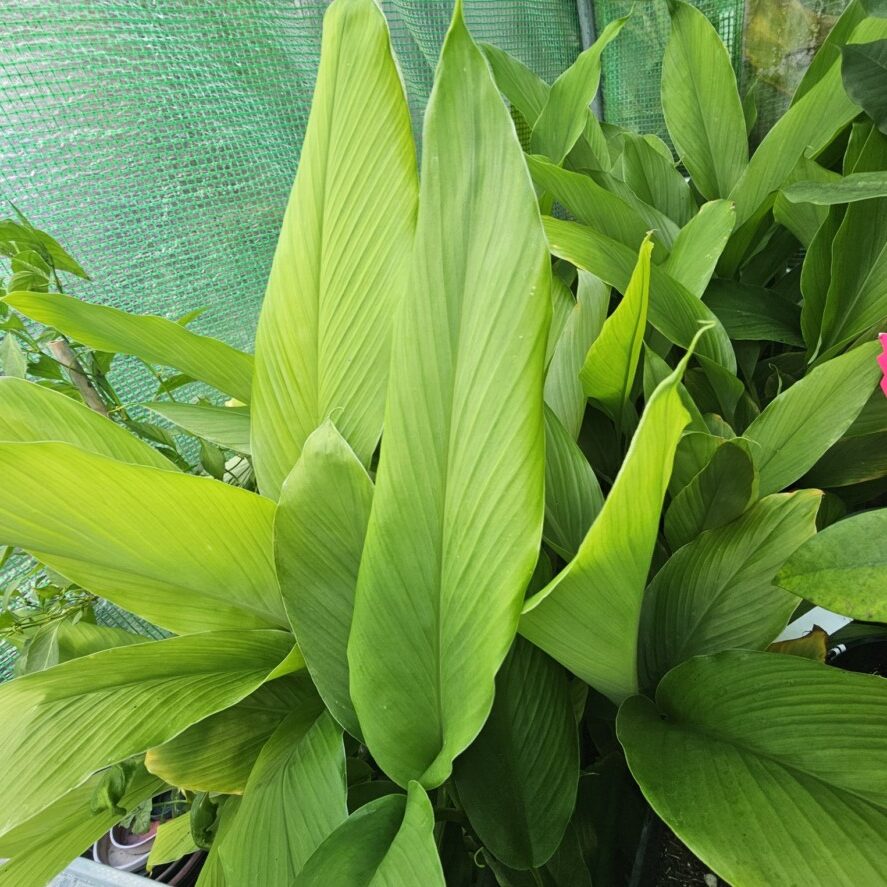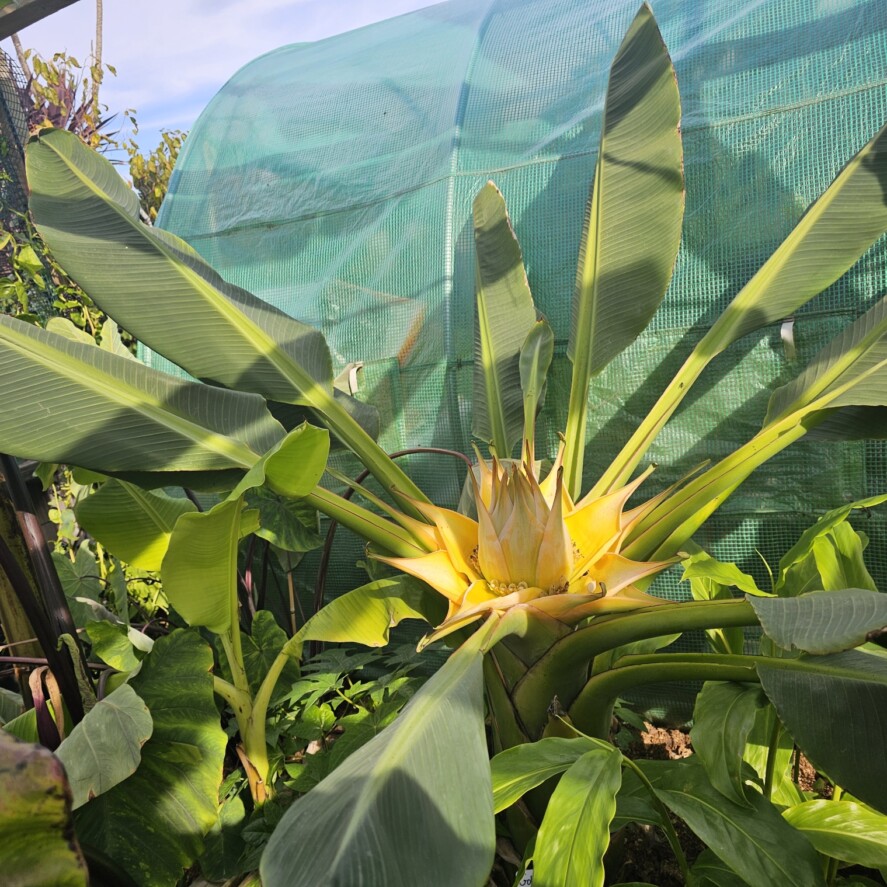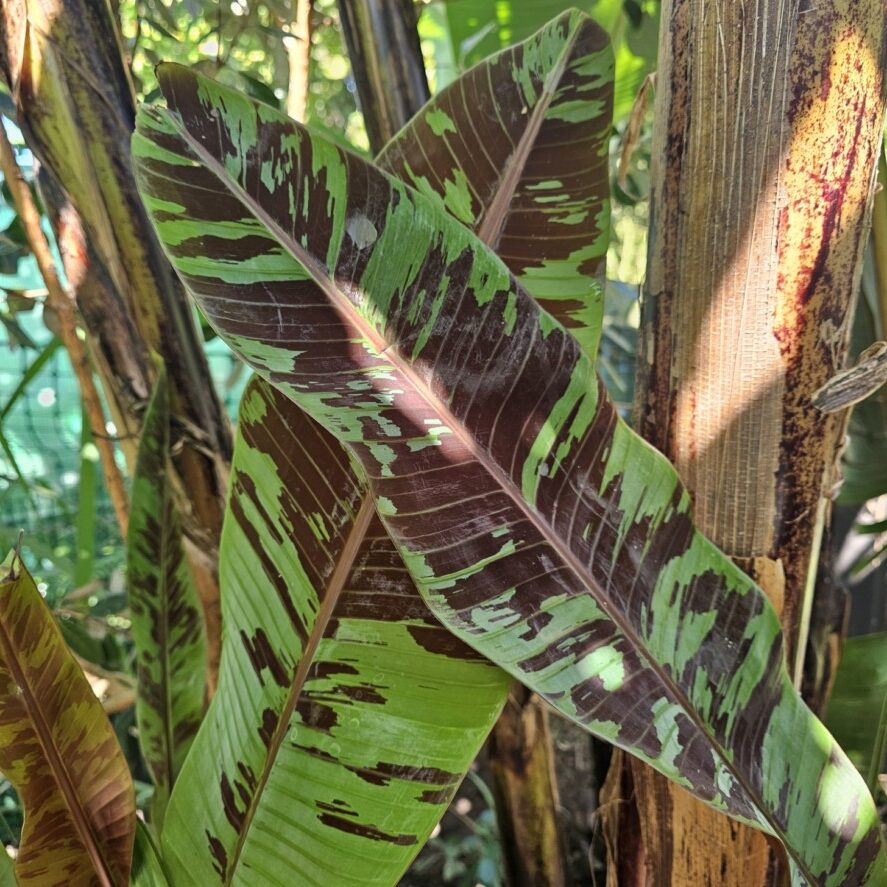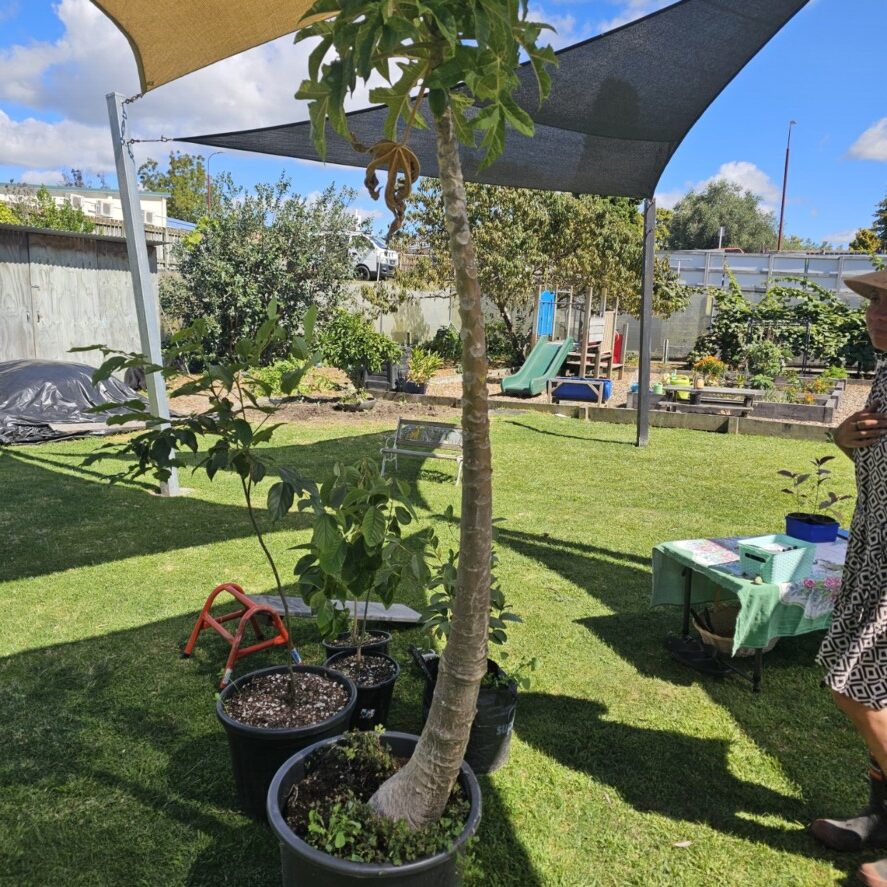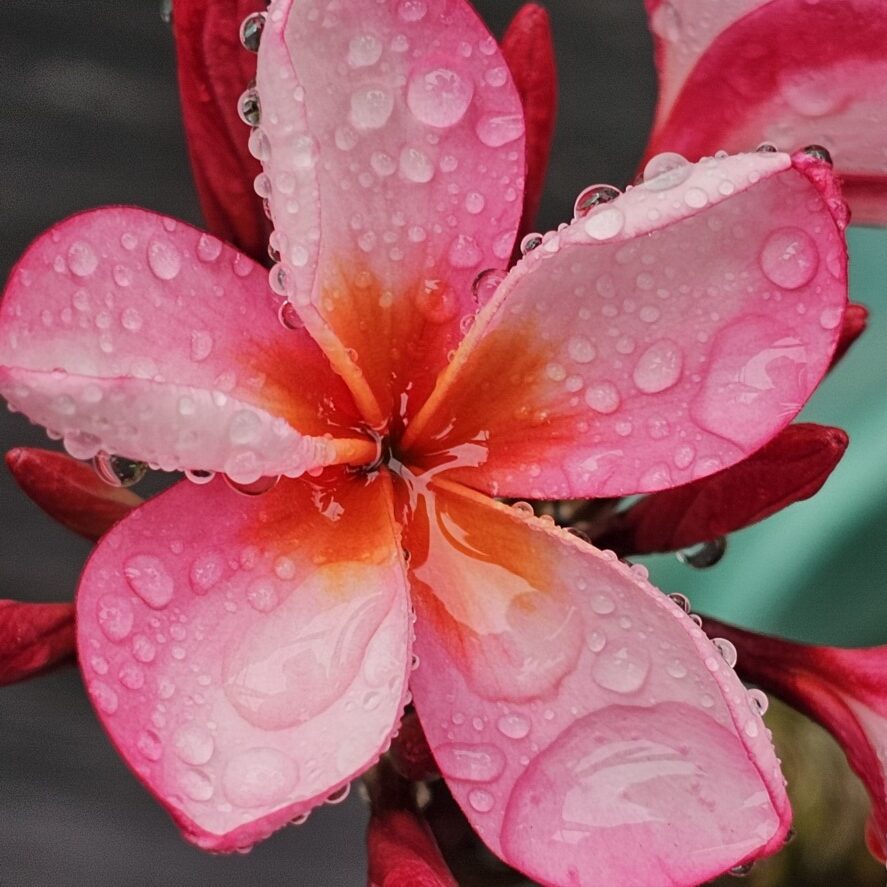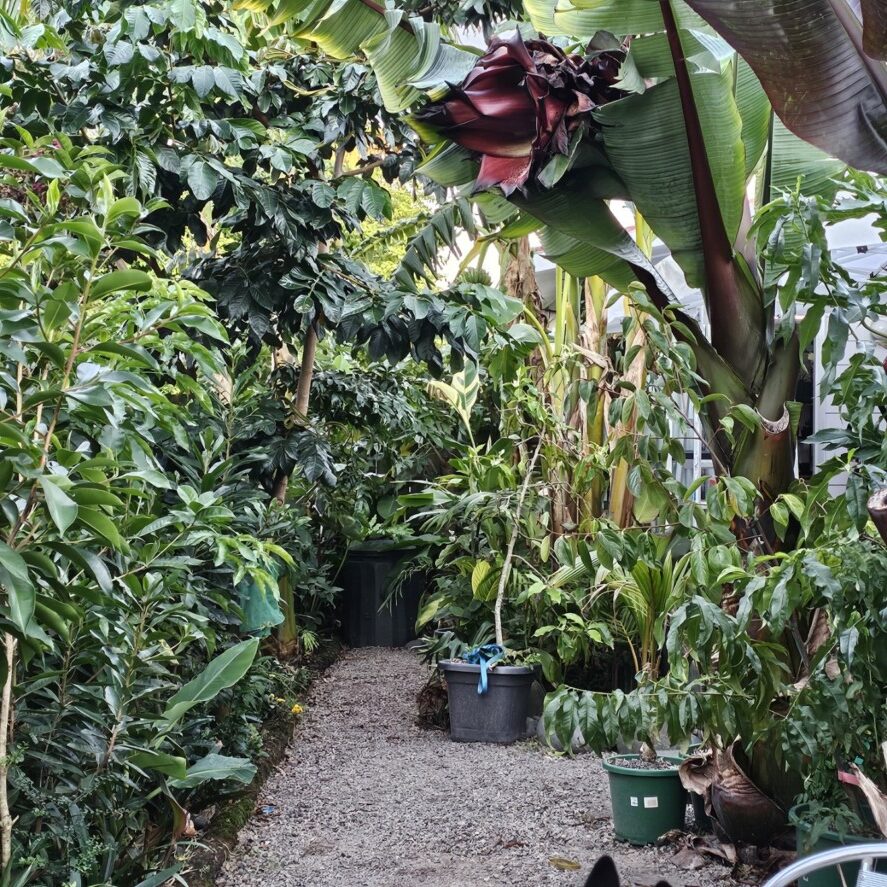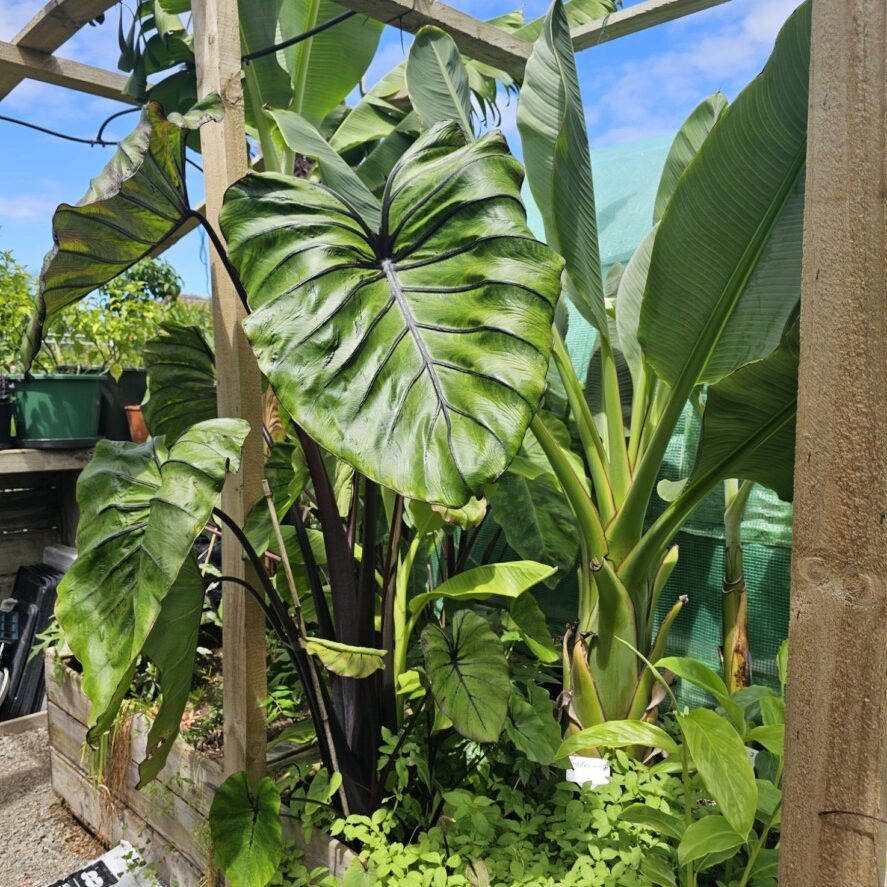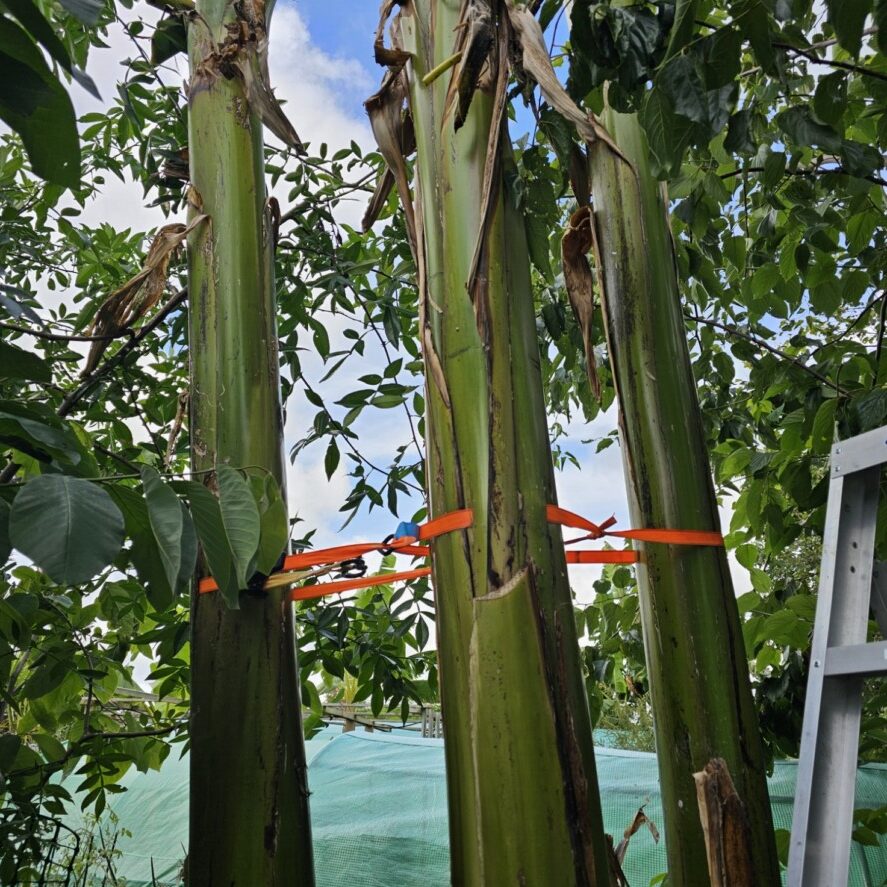-
Troppo Plant & Garden Articles
- Te Puke Region
- TROPPO’s Food Forest in Te Puke, BOP (www,foodforest.org.nz)
- Troppo’s Plant Collection
- TROPPO's Nursery Directory
- Food Forests of New Zealand (www.foodforests.nz)
- Nursery Map - Plant Suppliers of NZ Directory (www.nurserymap.nz)
- Kids Garden Corner
- New Zealand Garden Bird Survey
- New Zealand Garden Groups
- Delicious Recipes
Syngonium Care Guide: Keeping Your Arrowhead Plant Happy and Healthy! 🌿✨
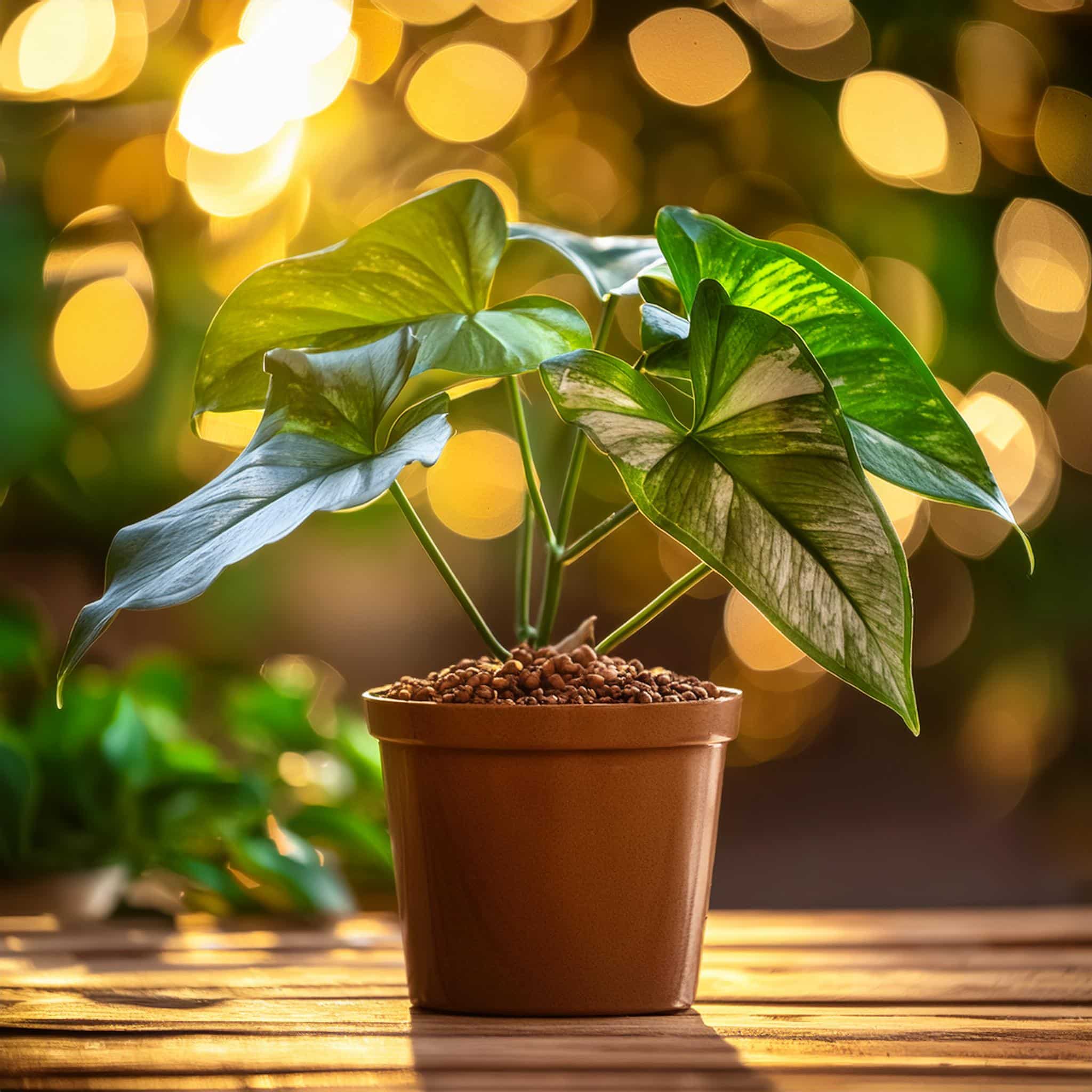
Welcome to the wonderful world of Syngoniums! Also known as Arrowhead plants, these versatile and easy-to-care-for houseplants are a favorite among indoor gardeners. With their lush, arrow-shaped leaves and vibrant colors, Syngoniums bring a touch of the tropics to any home. Whether you’re a seasoned plant parent or new to indoor gardening, this fun and comprehensive guide will help you keep your Syngonium thriving. Let’s dive in! 🌱🏡
Why Choose Syngonium? 🌿
Syngoniums are the ultimate indoor plant companion. They’re not only beautiful and diverse in appearance but also resilient and adaptable. Here’s why they’re a great addition to your plant collection:
- Variety Galore: Syngoniums come in a range of colors and patterns, from classic green to pink, white, and even speckled varieties. 🌸
- Easy Care: These plants are forgiving and low-maintenance, making them perfect for both beginners and busy plant lovers. 🌿
- Versatile Growth: Syngoniums can be grown as trailing vines, compact bushes, or even trained to climb, fitting into any indoor space. 🏡
- Air Purifiers: They’re known to help purify the air by removing toxins, making your home a healthier place. 🍃
Getting to Know Your Syngonium 🌿
Before diving into care tips, it’s helpful to understand a bit about these charming plants. Syngoniums, native to Central and South America, thrive in tropical environments. They start with heart-shaped leaves that gradually develop into arrow-shaped as they mature, giving them their common name, Arrowhead plants. 🌿
Syngonium Care Basics 🌱
Let’s explore how to keep your Syngonium happy and healthy with these essential care tips:
1. Light Requirements ☀️
Syngoniums thrive in bright, indirect light. They can tolerate low light conditions but may lose some of their vibrant color. Avoid direct sunlight, which can scorch their delicate leaves. Place them near a north or east-facing window for optimal growth. 🌤️
2. Watering 🌧️
Keep the soil evenly moist but not waterlogged. Water your Syngonium when the top 2-3 cm of soil feels dry to the touch. Reduce watering in winter when the plant’s growth slows. Use a pot with drainage holes to prevent water from accumulating at the bottom. 💧
3. Humidity 💦
As tropical plants, Syngoniums love humidity. They thrive in a humid environment but can adapt to average indoor humidity levels. To boost humidity, place your plant on a pebble tray with water, group it with other plants, or use a room humidifier. 🌿
4. Temperature 🌡️
Syngoniums prefer temperatures between 18-24°C. They don’t like the cold, so keep them away from drafts and sudden temperature changes. A cozy spot in your home is ideal. 🌡️
5. Soil and Potting 🪴
Use a well-draining potting mix, such as a blend of peat, perlite, and pine bark. Repot your Syngonium every 1-2 years or when it outgrows its pot, preferably in spring. Choose a pot that is 2-3 cm larger in diameter than the current one. 🌱
Advanced Syngonium Care 🌿
Ready to take your Syngonium care to the next level? Here are some tips for advanced plant parents:
1. Fertilizing 🌿
Feed your Syngonium with a balanced, water-soluble fertilizer every 4-6 weeks during the growing season (spring and summer). Dilute the fertilizer to half strength to avoid over-fertilizing, which can harm the plant. 🌱
2. Pruning and Shaping ✂️
Prune your Syngonium to maintain its shape and encourage bushier growth. Trim back leggy stems and remove any yellow or damaged leaves. You can also train your plant to climb or trail by providing a support structure like a moss pole or trellis. 🌿
3. Propagation 🌿
Propagating Syngoniums is a fun way to expand your plant collection. You can propagate them by stem cuttings or division:
- Stem Cuttings: Cut a healthy stem with at least one node and place it in water or directly into moist soil. Keep it in a warm, bright spot until roots develop. 🌿
- Division: When repotting, gently separate the root ball into smaller sections, each with at least one growing point, and plant them in individual pots. 🪴
4. Pest Control 🐛
Syngoniums are relatively pest-resistant but can occasionally be affected by pests like spider mites, aphids, and mealybugs. Inspect your plant regularly and treat any infestations with insecticidal soap or neem oil. Keeping the leaves clean and dust-free helps prevent pests. 🐞
Common Syngonium Problems and Solutions 🌿
Even with the best care, you might encounter some common issues with your Syngonium. Here’s how to troubleshoot them:
- Yellow Leaves: This can be a sign of overwatering or poor drainage. Let the soil dry out a bit and ensure your pot has drainage holes. 🌿
- Browning Edges: Often caused by low humidity or too much direct sunlight. Increase humidity around your plant and move it to a spot with indirect light. 🌤️
- Leggy Growth: If your Syngonium is stretching out, it might not be getting enough light. Move it to a brighter location or prune to encourage fuller growth. 🌱
Syngonium Fun Facts 🌟
Here are some fun facts about Syngoniums that might surprise you:
- Shape-Shifters: As Syngoniums mature, their leaves can change shape from heart-shaped to arrow-shaped. It’s like having two plants in one! 🌿
- Climbing Champions: In the wild, Syngoniums are climbers, using their aerial roots to scale trees and other structures. 🌳
- Pet Safety: While beautiful, Syngoniums are toxic to pets if ingested, so keep them out of reach of curious paws. 🐾
With these tips and a bit of love, your Syngonium will thrive and bring a touch of tropical beauty to your home. Happy planting and enjoy the leafy love from your Arrowhead plant! 🌿✨

